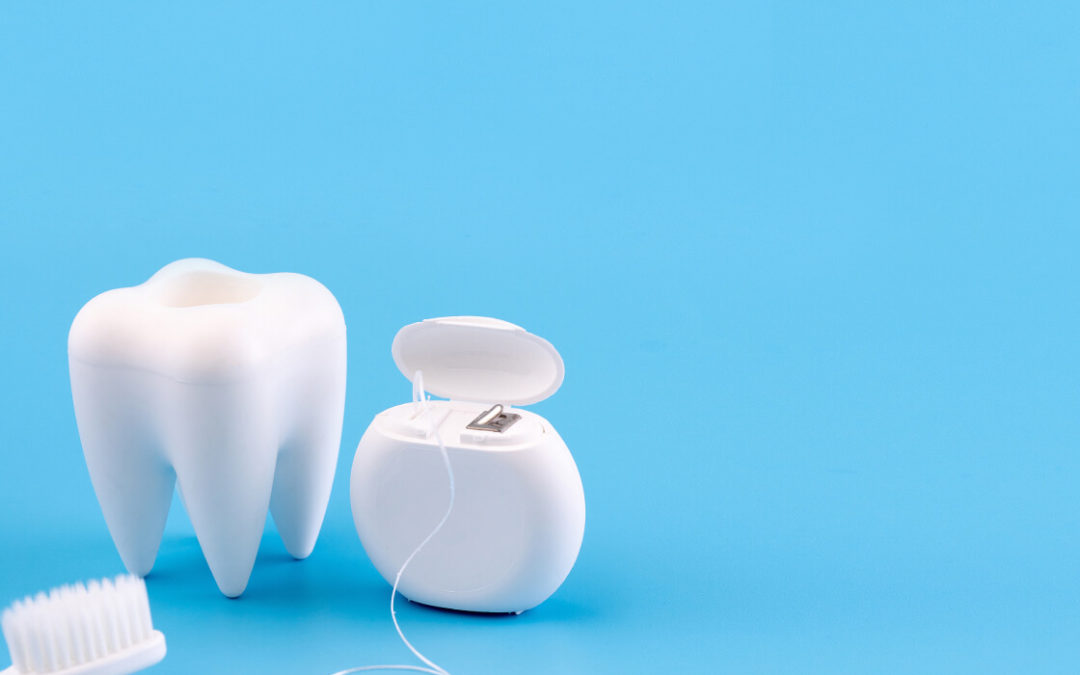As a parent, you understand that protecting your child’s teeth from decay and early loss is just as important as protecting their permanent teeth from the same fate.
So do dentists!
That’s why the American Academy of Pediatric Dentistry recommends placing dental sealants on the first and second set of permanent molars (those which generally come in at 6 and 12 years of age).
Your dentist might also suggest your child’s sealants be replaced – even before their permanent teeth arrive. Let’s find out why.
What are Dental Sealants?
Dental sealants are hardened plastic shields, placed on the chewing (or, “occlusal”) surface of molars and pre-molars, which seal the surface of the tooth.
Sealants work by keeping food and other bacteria-laden material from getting trapped in the tooth and causing decay — which can ultimately lead to cavities. In a study conducted by the Centers for Disease Control and Prevention, “sealants where shown to reduce decay in permanent molars by 81% approximately 2 years after placement and continue to be effective up to 4.5 years after placement.”
If you want to give your child’s molars the best protection against potential cavities, dental sealants are a great place to start.
Is it Common to Replace Sealants?
Not really. Sealants often last 15 years or more, but sometimes the need does arise.
Children who grind or clench their teeth, have a pencil or pen-biting habit, or who chew on ice and hard candy can chip or crack a sealant, necessitating its replacement. Also, tooth trauma, the type of sealant, and tooth abnormalities can affect its durability.
Here’s a great write-up from Dentistry Today about the types of sealants, failure rates and replacing sealants should you wish to learn more.

